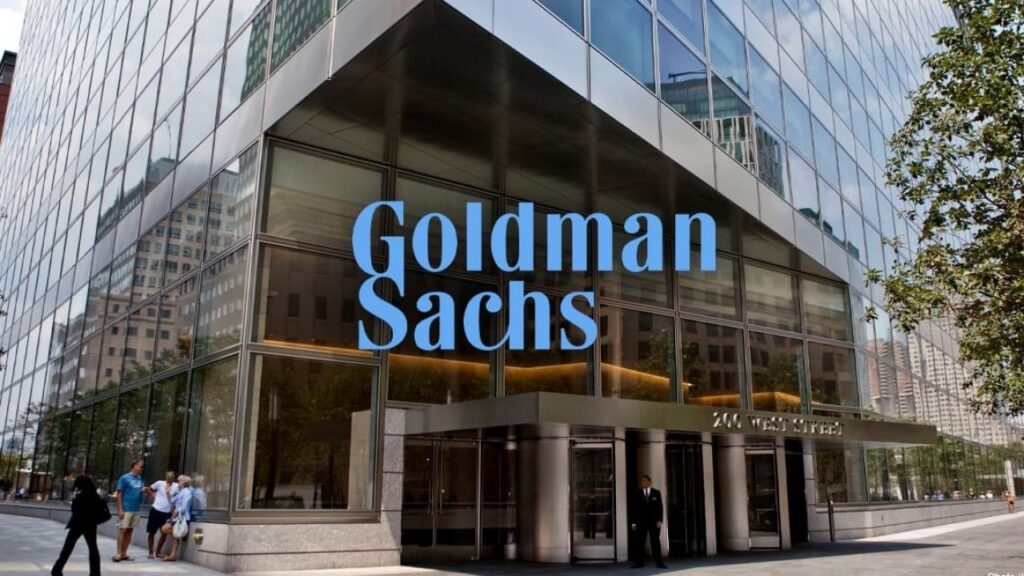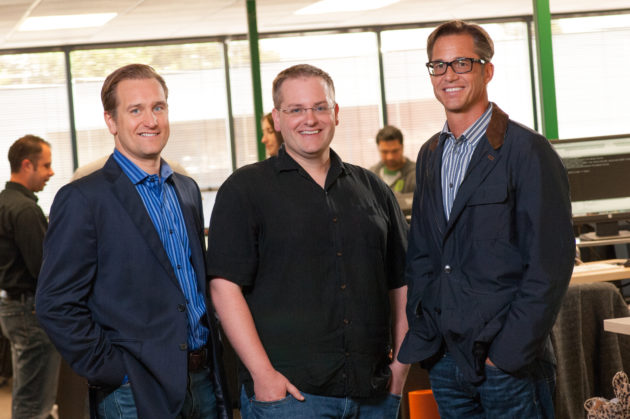Ex-Goldman Trader Building New California City Will Need to Appease Local Opponents
The veil of secrecy surrounding an ambitious project to transform California farmland into a sprawling green city has been lifted, revealing a fascinating endeavor backed by Silicon Valley magnates.

The visionary behind this project is Jan Sramek, a 36-year-old former Goldman Sachs trader, who has received a hefty $800 million in support from prominent tech industry investors including Mike Moritz, Reid Hoffman, Marc Andreessen, and more. However, the project’s journey has been far from smooth, entangled in legal disputes and met with skepticism from local residents in Fairfield, situated about 50 miles northeast of San Francisco in Solano County.
Recent reports by the New York Times divulge that Flannery Associates LLC, an entity linked to Jan Sramek, conducted over 100 land acquisitions in questionably mysterious circumstances. The financial backing from high-profile tech investors like Moritz, Hoffman, and Andreessen has further heightened intrigue. The project’s core concept, as pitched by Moritz, envisions an innovative urban development boasting unique design, construction, and governance elements, all within convenient proximity to San Francisco and Silicon Valley.
Despite the promising vision, the project faces notable challenges. Sramek, a former Goldman Sachs trader who rose to prominence at a young age, has kept a low profile in response to media inquiries. Similarly, investor representatives, including Andreessen and Dixon, have either remained silent or declined to comment.
Flannery’s spokesperson, Brian Brokaw, expressed enthusiasm about the project’s potential to deliver employment opportunities, affordable housing, sustainable energy, and a healthy environment to Solano County residents. Brokaw’s statement also hinted at the company’s intention to collaborate with local communities and elected officials.
This isn’t the first instance of wealthy individuals striving to shape urban landscapes in their image. Renowned names such as Elon Musk, Les Wexner, and Larry Ellison have embarked on similar undertakings. Musk’s land acquisitions for an employee-focused town near Austin, Texas, Wexner’s transformation of New Albany, Ohio, and Ellison’s conversion of the majority of Lanai Island into a haven for the wealthy all underscore the trend.
However, Flannery’s project has been shadowed by legal entanglements, notably a lawsuit filed against local landowners who are accused of inflating property prices. The lawsuit provides insight into Flannery’s considerable investments in Solano County rangeland properties over the past four years.
While the project aims to bring progressive changes to the region, it has triggered skepticism and suspicion, especially among Fairfield residents. US Representative John Garamendi has even raised concerns about potential national security threats linked to the development. Additionally, navigating California’s intricate zoning laws and development regulations poses a considerable challenge for Flannery’s plans.
Also Read: Dropbox Ends Unlimited Cloud Storage Following Google Change
Ultimately, the vision for a groundbreaking green city in California appears to have immense potential, backed by influential investors and conceptualized with modern urban development in mind. However, its path forward is punctuated with hurdles, legal battles, and the need to garner local support. Whether the project can truly appease its opponents and materialize as a transformative city remains to be seen.

I am a law graduate from NLU Lucknow. I have a flair for creative writing and hence in my free time work as a freelance content writer.







